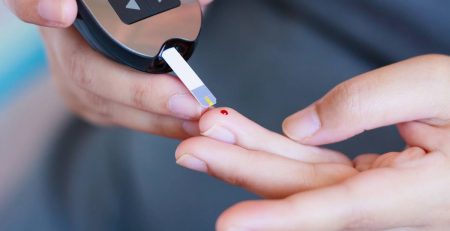Get the drop on Hammer Toe & Mallet Toe
The words “hammer” and “toe” in the same sentence strike fear into the hearts of most people. Anyone who has dropped a hammer on an uncovered toe knows the pain it can cause. But eventually, the pain subsides. People who suffer from Hammer Toe or Mallet Toe are not so lucky.
What is Hammer Toe?
Toes normally sit straight and more or less flush with the ground, held in place by flexible muscles, tendons and ligaments. However, when these muscles, tendons and ligaments are damaged or are too tight we can develop Hammer Toe or Mallet Toe.
Hammer Toe is an abnormal upward bend in the middle joint of the toe, whilst Mallet Toe affects the joint nearest the nail. Both these conditions can affect any toe but are generally found in the 2nd 3rd or 4th toe.
Causes
These conditions may be present at birth (congenital), inherited from a parent, however, they generally develop later. The most common cause is inappropriate footwear. Sorry to say ladies, but high heels and pointy-toed shoes are the most common cause of Hammer and Mallet Toe. Abnormally high arches, or a trauma to the toe – a bad stub, jam or break – can also contribute to the condition. The pressure on your toes caused by a bunion may also be to blame.
Who Suffers from Hammer Toe?
Generally, since footwear is the most common cause, women suffer most from Hammer Toes. Since the condition takes time to develop, age is also a factor.
If your second toe is longer than your big toe, you are more likely to develop Hammer Toe, and if you suffer from arthritis or diabetes your risk increases.
Symptoms
Corns and calluses are the most common problem with Hammer and Mallet Toe, as the bend in the toe causes rubbing against your shoes. However, you may experience difficulty walking, or experience mild to severe pain when you try and move the affected toe.
Treatment
Treatment will depend on the severity of the condition. If the toe is still flexible, changing to appropriate footwear and the prescription of orthotics may be sufficient. Shoes should have a lower heel and plenty of room at the front. Pointy toes should be avoided, and laces, straps to secure the shoes provide additional support which is ideal.
Exercises may be prescribed to maintain flexibility in the muscles and tendons. However, if the tendons have tightened to the point the toe is no longer flexible, surgery may be required.
If corns and callouses have formed on the toes, these would require treatment. It is important not to attempt to treat these at home, as infections can develop in the foot very quickly, and are particularly difficult to treat, especially if you have diabetes. Treatment by a podiatrist is essential.
If you suspect you have or are developing Hammer or Mallet Toe it is important to get treatment quickly, as the condition can affect other toes very quickly. Call our Baulkham Hills clinic on 9639 7337 to make an appointment with our local Podiatrist today.



